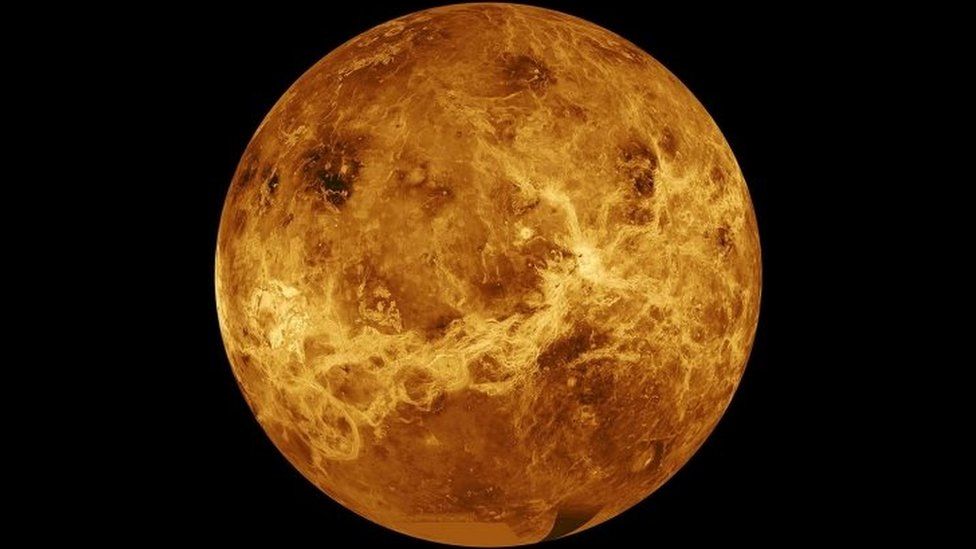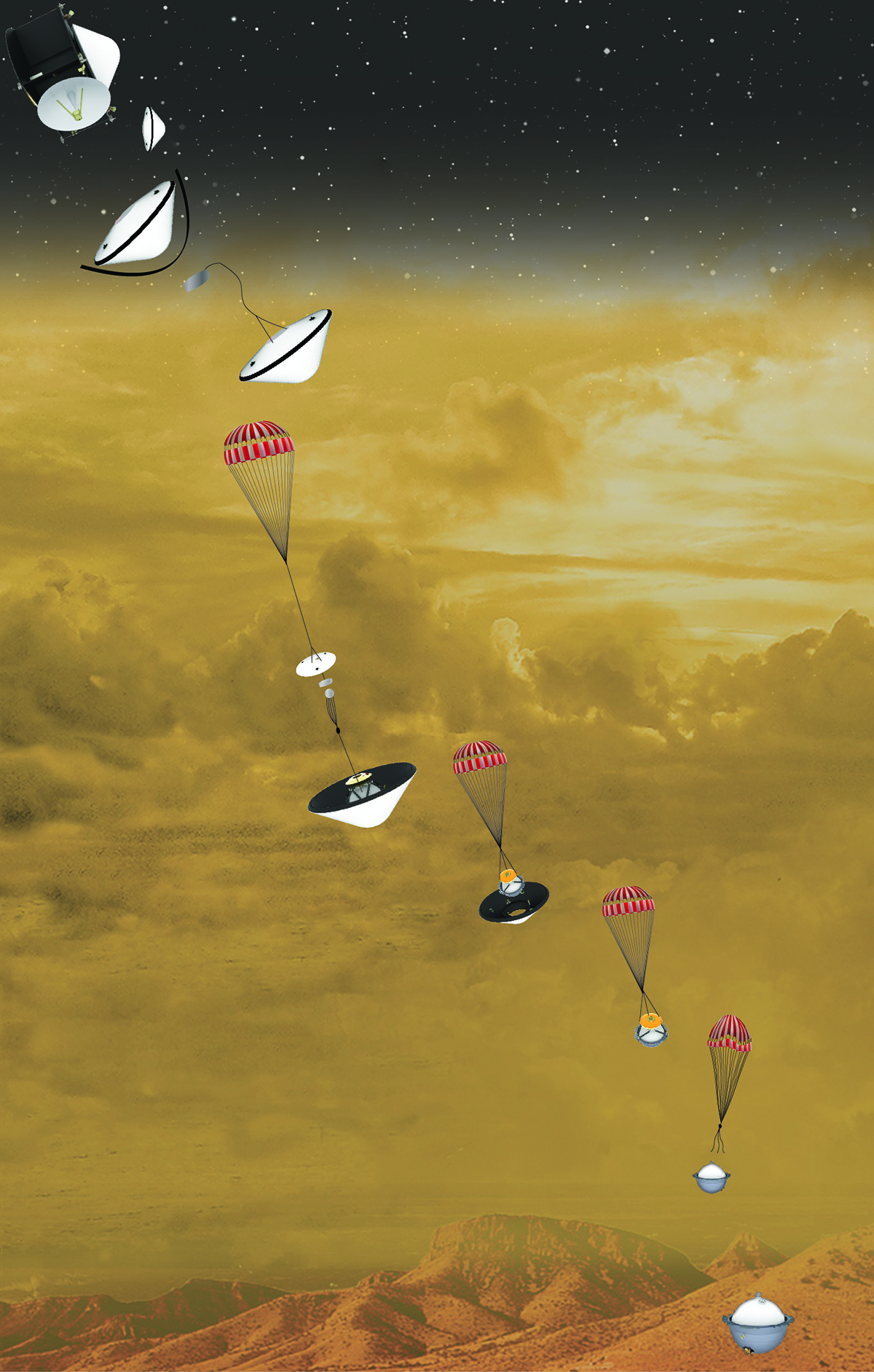
NASA is going back to Venus for the first, and second time in over three decades! Surely, this is an exciting mission to look forward to. Here’s all about the exciting NASA Venus mission.
NASA announced on June 3, 2021, that it plans to launch two missions to Venus between 2028 and 2030. The missions to venus aim to study geology and atmosphere features of Venus. “These two sister missions both aim to understand how Venus became an inferno-like world capable of melting lead at the surface,” said Bill Nelson, the NASA administrator in his address to NASA’s workforce. The two missions are DAVINCI+ and VERITAS.
NASA Venus Mission #1: VERITAS

Venus Emissivity, Radio Science, InSAR, Topography, and Spectroscopy ie. VERITAS is set to launch first. It is an improved successor of Magellan, NASA’s last venus exploring spacecraft. VERITAS aims to study the planet’s topography in detail. The mission will yield data that is 100 times better than what we currently know. Besides, we only have a crude topographic map produced from data from Magellan at this point.
“We’ll also use that spectrometer to look for active volcanism, for recent volcanis, and for evidence of water coming out of volcanoes. Likewise, there’s been this idea that maybe Venus is dry in the interior,” said Dr. Suzanne Smrekar, the principal investigator for VERITAS and a geophysicist at NASA’s Jet Propulsion Laboratory in California.
Mission #2: DAVINCI+

DAVINCI+ is short for Deep Atmosphere of Venus Investigations of Noble Gases, Chemistry, and Imaging. It will explore and analyze Venus’ thick and crushing atmosphere. So, this will help us know if Venus ever had oceans.
The mission has the potential to confirm the presence of phosphonate in Venus. Scheduled to launch in 2029, the spacecraft will make observations during its 2 flybys. In the third flyby in 2031, the spacecraft will drop a probe to analyze the atmosphere’s gaseous makeup. “The measurements we make as we descend to the clouds will be very fine-scale, equivalent to those we’re used to seeing of Mars and Earth,” said James B. Garvin, the principal investigator of the mission from the NASA Goddard Spaceflight Center in Maryland.






